System Cooling Policy Passive Or Active
System cooling policy passive or active. Thus according to your need you can follow the instruction below to activate or deactivate the policy in your Windows 10 PC. System cooling policy is a power setting item for Processor under the power options of Windows 7. Change System Cooling Policy for Processor Passive or Active.
The Passive setting slows the processor before. Youll get the best performance by leaving the System Cooling Policy set to Active. In order to save battery life.
More has been discussed in the due length of this article to answer what is system cooling policy more effectively. The advantages of passive cooling techniques lie in the energy efficiency and lower financial cost making it an astute systems design choice for the thermal management of both buildings and electronic products. In Windows 10 you can specify the System cooling policy setting for active or passive cooling.
Obviously the latter is helpful for power saving. Increase fan speed before slowing the processor. I cant see System slows the Precessor before Cpu-Fan speed up for CPU over-heat.
If playback doesnt begin shortly try restarting your device. Passive cooling decreases the power consumed by the devices in a thermal zone. In brief active system cooling policy increases the fan speed before slowing the processor while passive system cooling policy slows the processor before accelerating the fan speed.
And we are able to choose ACTIVE or PASSIVE. A driver that has passive-cooling capabilities implements the PassiveCooling routine. Active cooling increases power consumption.
System Cooling Policy allows you to specify the cooling mode you want to use for your Windows-based computer for which you have two options. I cant see any different between Active and Passive.
Active would mean Im assuming that the fan will essentially be always on which will help with cooling but will be noisy and take up a small amount of energy more than passive so a slight reduction in battery life.
The Passive setting slows the processor before. The mode of operation for the system cooling in Windows is of two types that are known as active cooling or passive cooling method. What is passive cooling system. I cant see System slows the Precessor before Cpu-Fan speed up for CPU over-heat. Active home heating catches sunshine either as warmth or electrical energy to increase heater while passive home heating catches warmth from the sunlight as it enters your residence with home windows roofing systems as well as wall surfaces to warmth items in your house. In order to save battery life. The system cooling policy allows you to specify the cooling mode you want to use for your Windows computer for which you have two options. I believe the Active profilepolicy revs the fans before throttling the CPU where as Passive does just the opposite. Change System Cooling Policy for Processor Passive or Active.
Thus according to your need you can follow the instruction below to activate or deactivate the policy in your Windows 10 PC. The system cooling policy allows you to specify the cooling mode you want to use for your Windows computer for which you have two options. Passive saves a lot more power as it reduces the clock on your processor hence giving your more battery time. What does this actually do. Change System Cooling Policy for Processor Passive or Active. Passive cooling decreases the power consumed by the devices in a thermal zone. Active cooling increases power consumption.
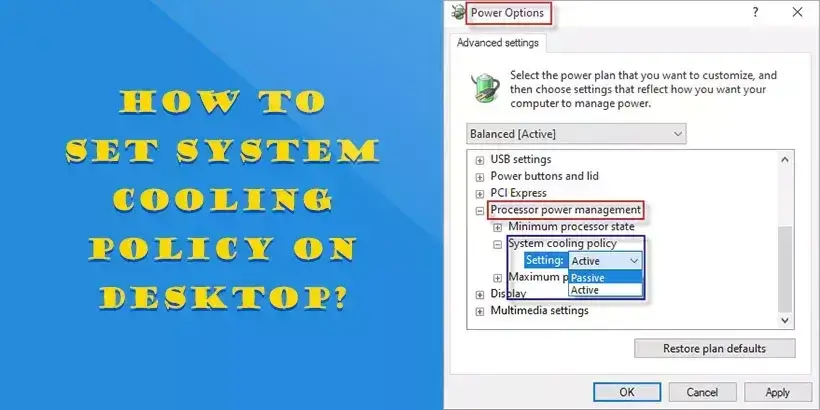
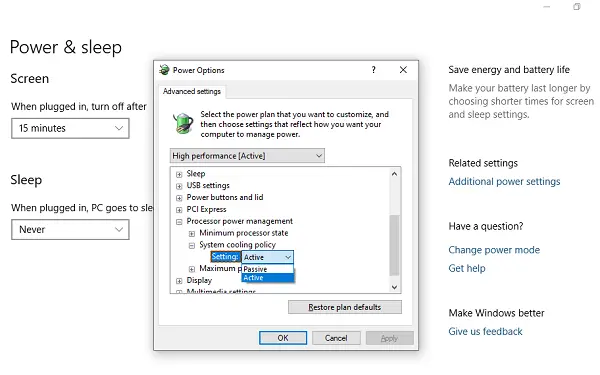
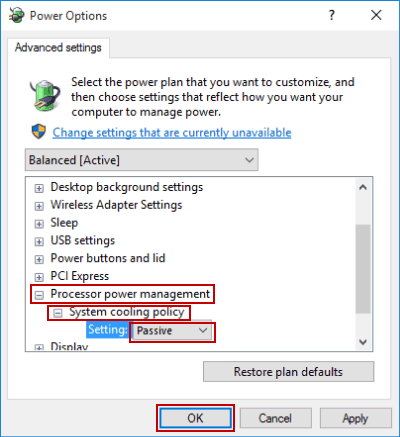


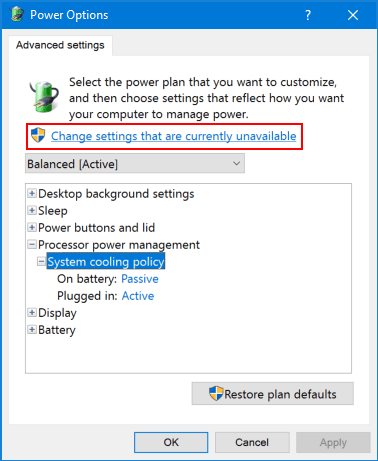
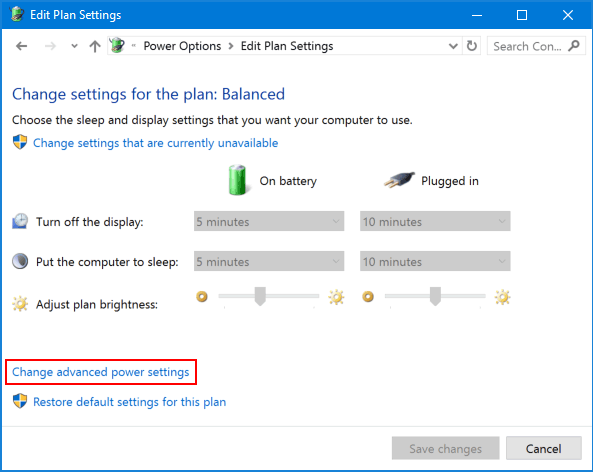

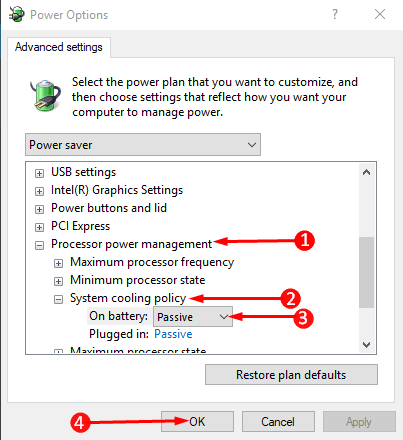
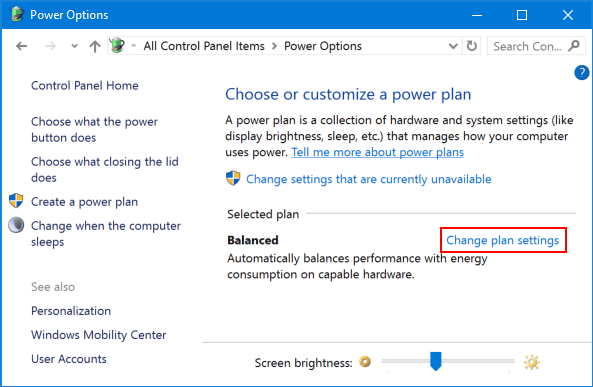

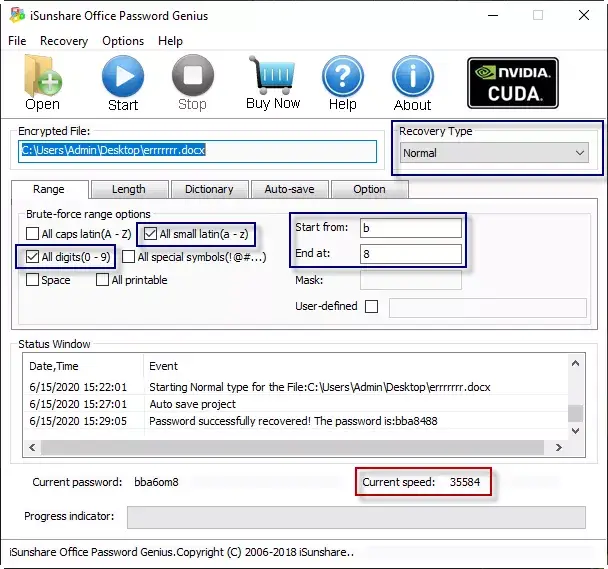
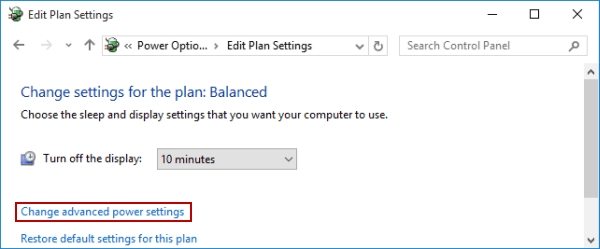

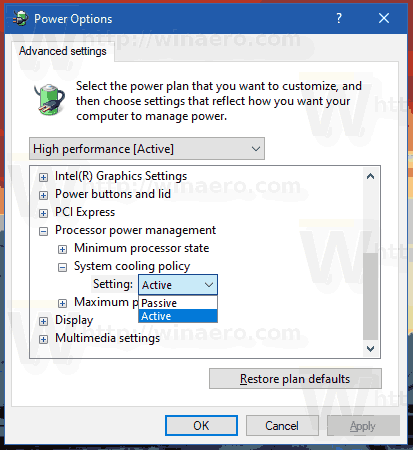
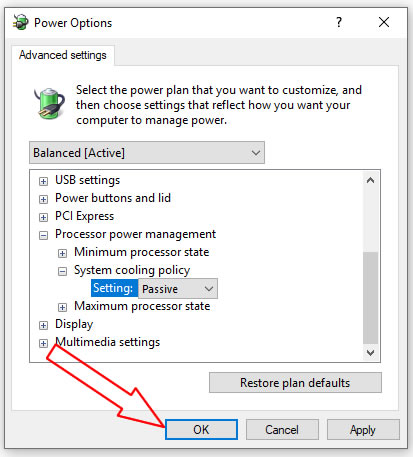
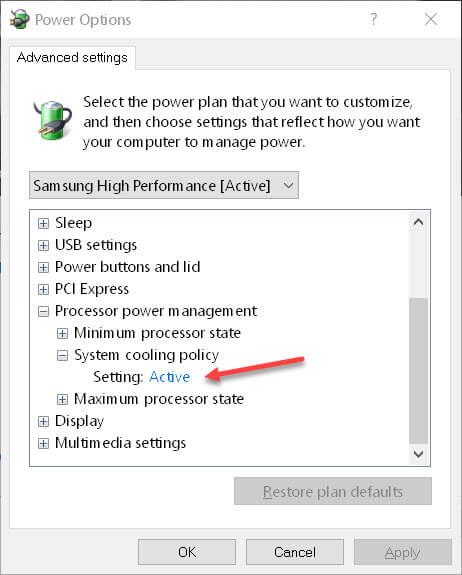




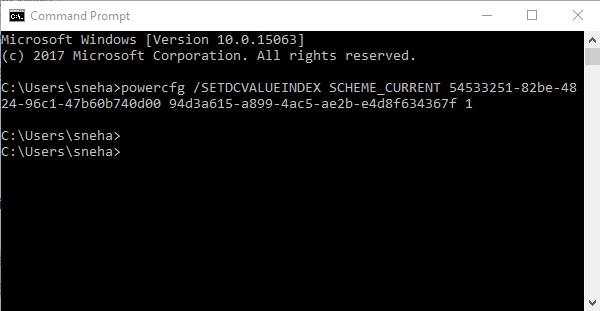

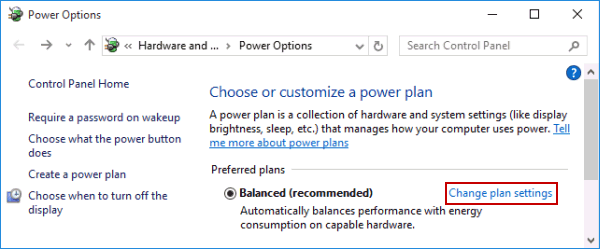
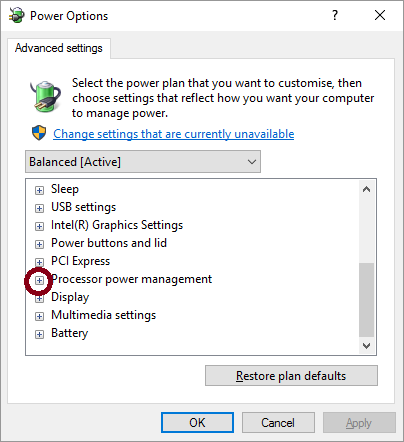


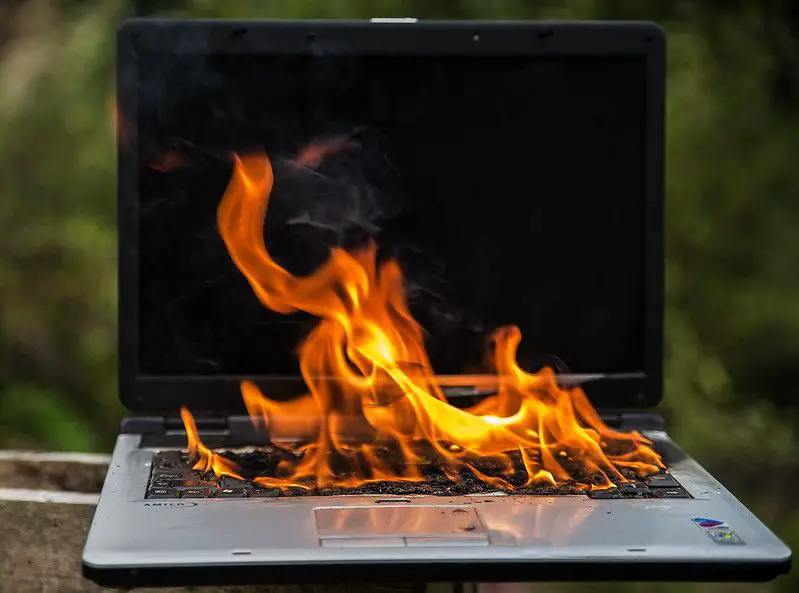



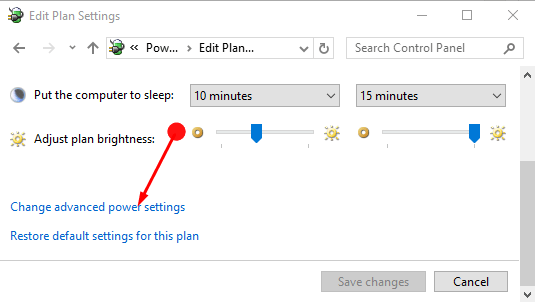


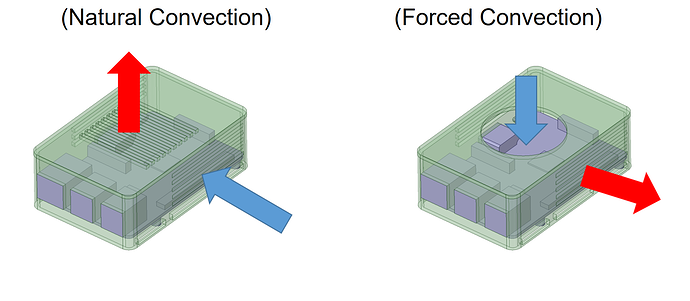


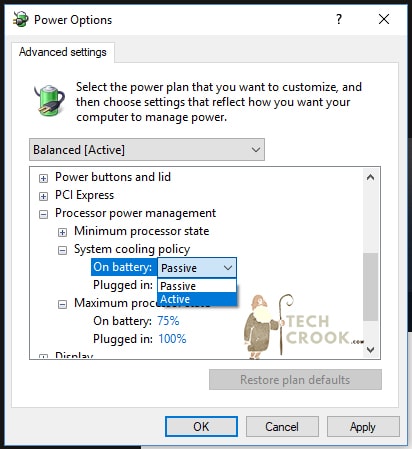


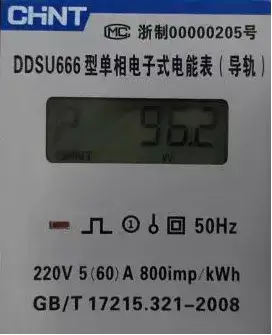

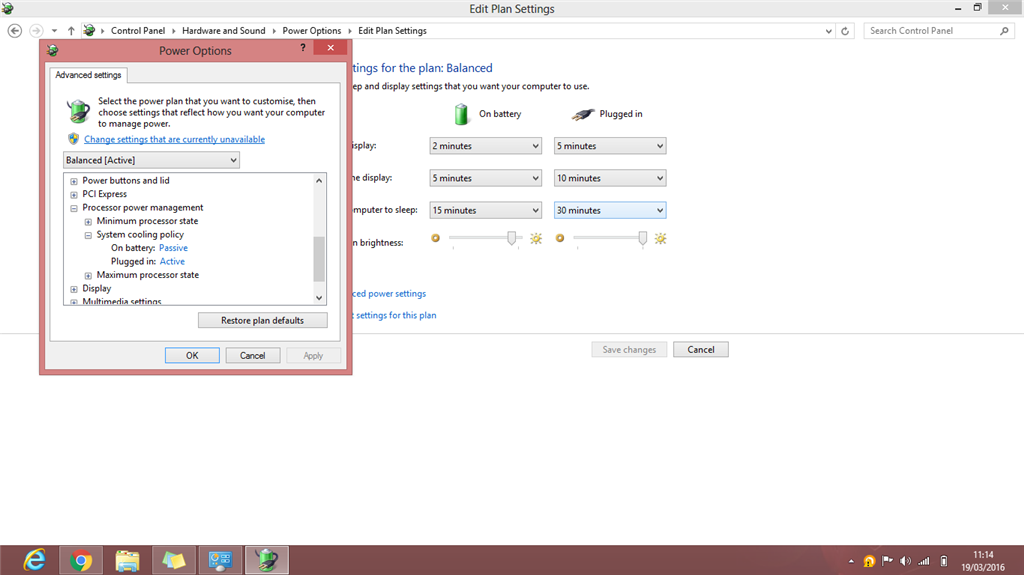
Post a Comment for "System Cooling Policy Passive Or Active"